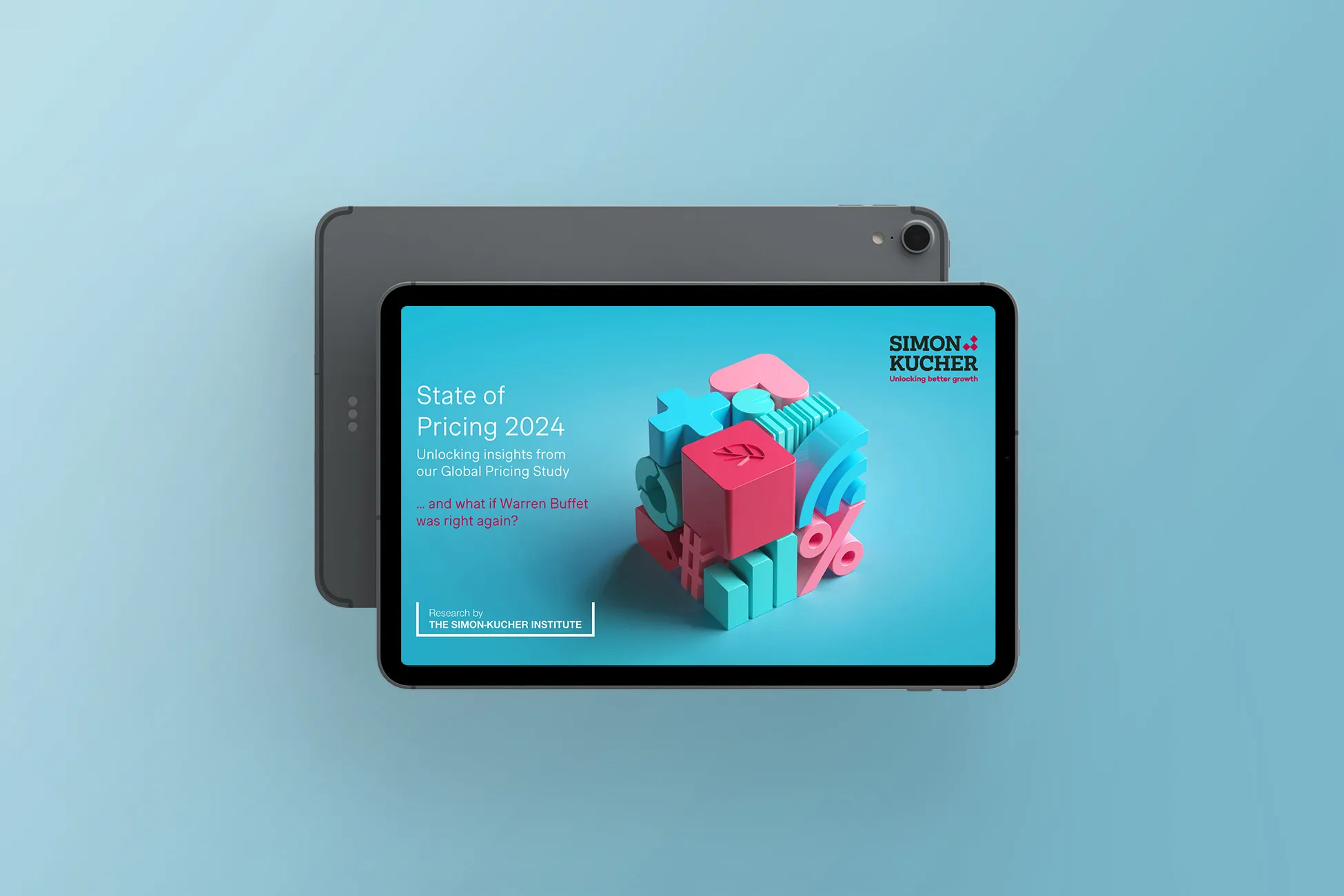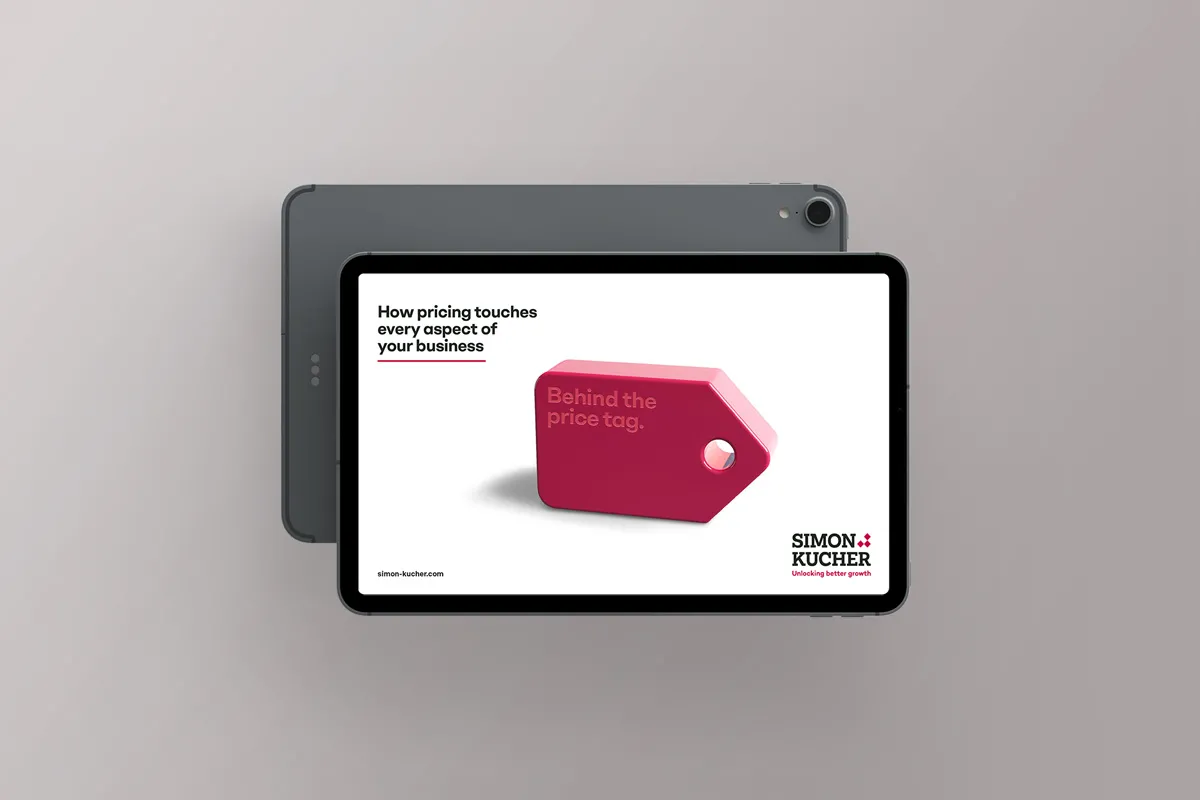Is your pricing strategy driving growth?
Gain valuable insights into the latest pricing trends and profit outlooks.
Over the past 12 years we’ve studied ~19,000 companies across all industries and regions – creating an unrivaled database of pricing trends and profit outlooks.
The Global Pricing Study is the largest of its kind. Each edition provides a clear view of the emerging trends, competitive landscape, and growth potential.
Explore the results and gain a competitive edge in optimizing your pricing strategies.
Our summary and action points
Inflation prompted many companies to hike prices in 2023.
But did these increases cover all costs? And with the threat of deflation on the horizon, will this further squeeze profit margins in 2024?
Download our new executive summary from the latest Global Pricing Study and unlock action points to take into 2024 and beyond.

We are the world’s leading pricing consultancy
As the first consulting firm to apply academic and scientific methods to tackling price optimisation, we take pride in delivering solutions to your real-world business challenges.
Simon-Kucher has been at the forefront of pricing and revenue management for decades. We defined the discipline. It's part of our DNA; ensuring we make a real difference to our client's business performance.
Discover how pricing touches every aspect of your business
In this must-read brochure we look at why pricing is one of your most effective levers for driving sustained profitable growth. Whether you’re a CEO, pricing manager, CMO, or head of sales, we discuss how each role within the organization can harness pricing to achieve revenue growth that is profitable and designed to last.

Access our previous studies
Contact us
Our experts are always happy to discuss your issue. Reach out, and we’ll connect you with a member of our team.